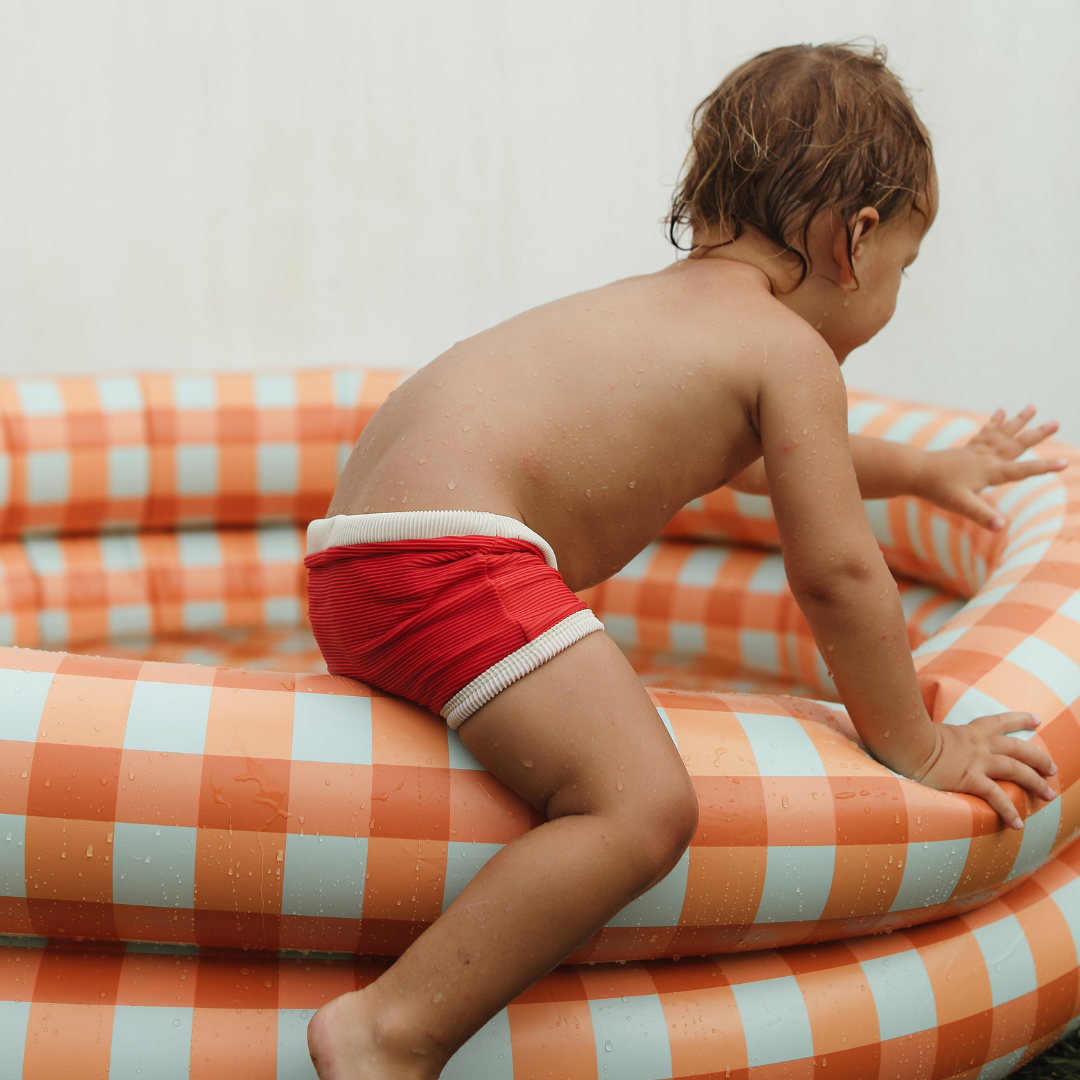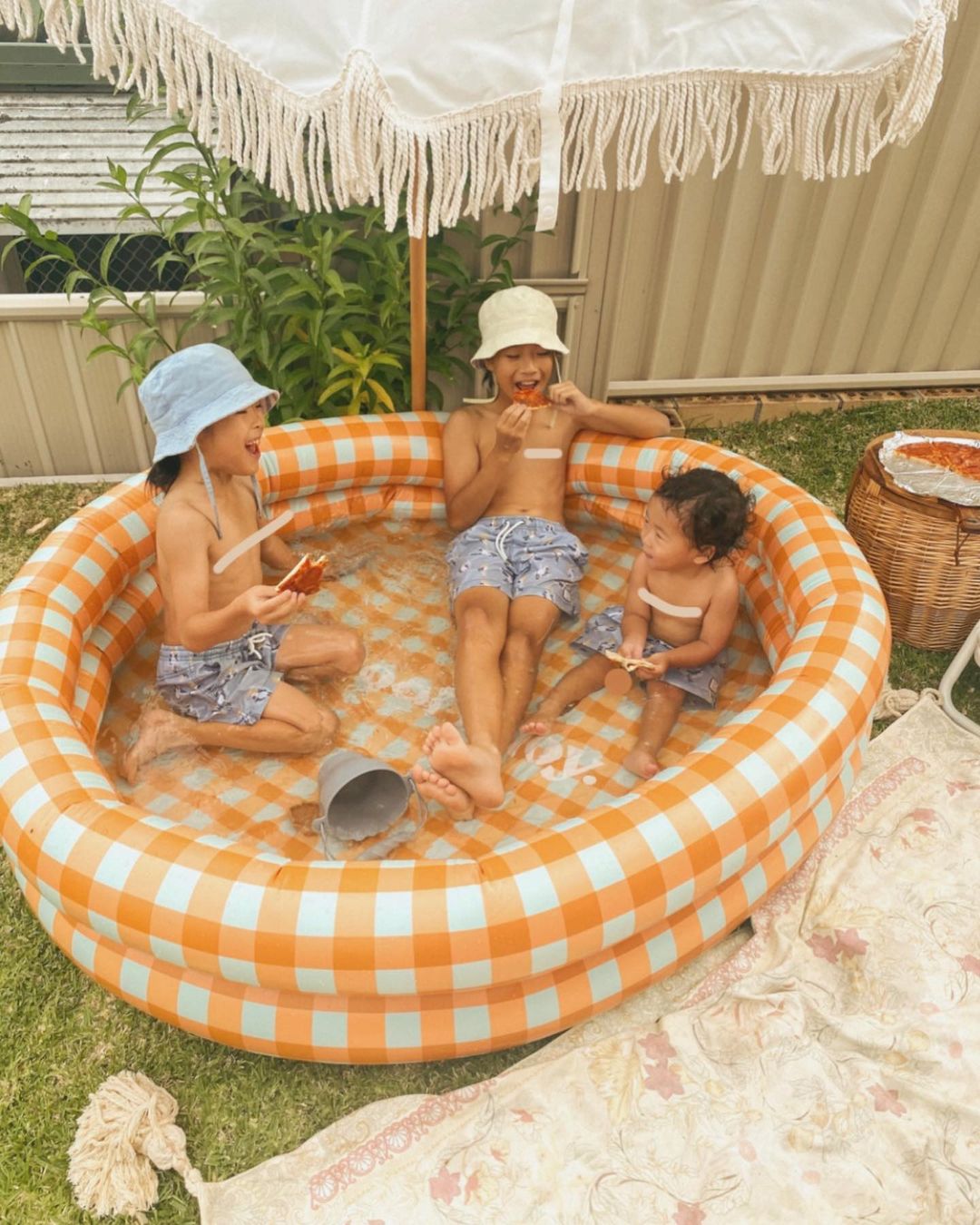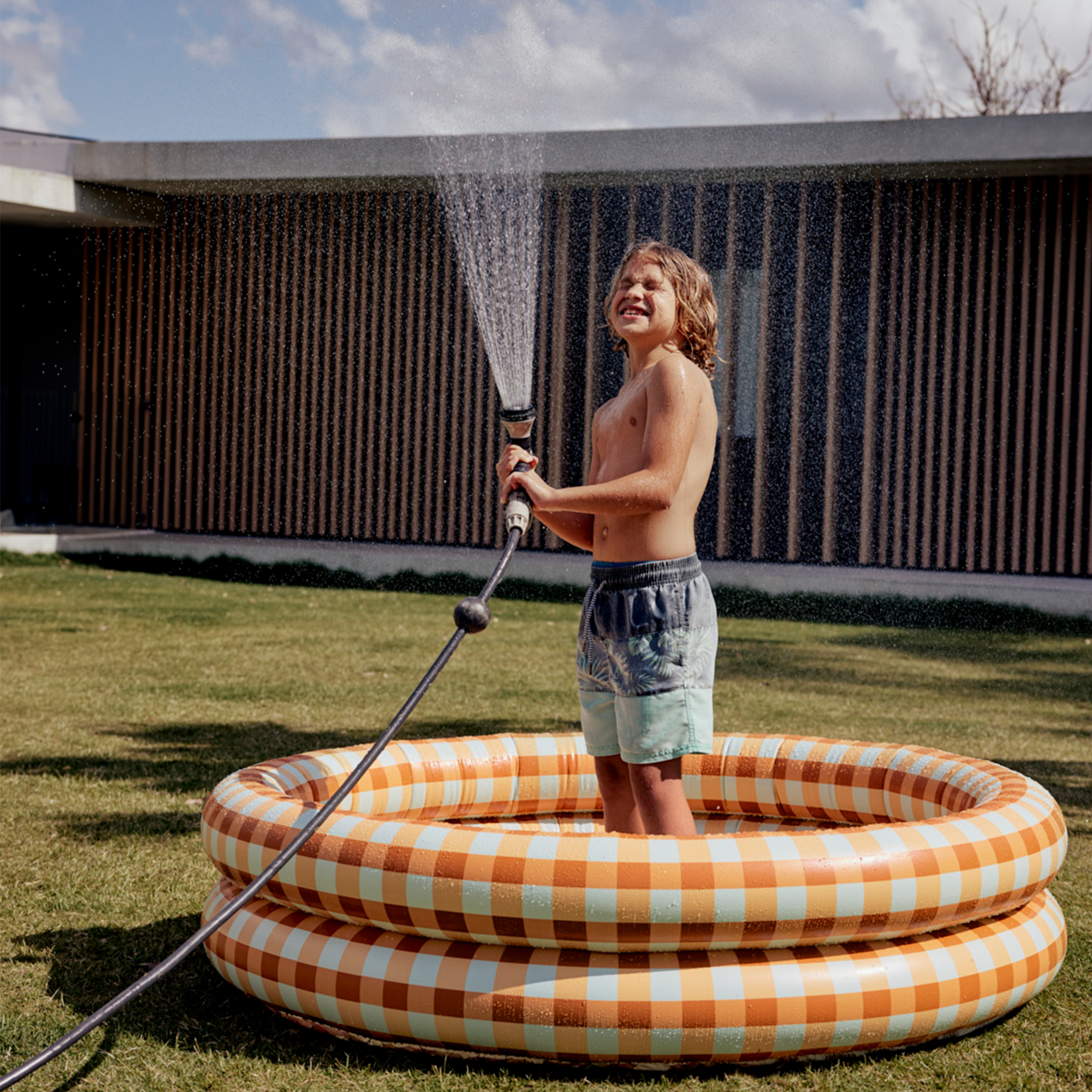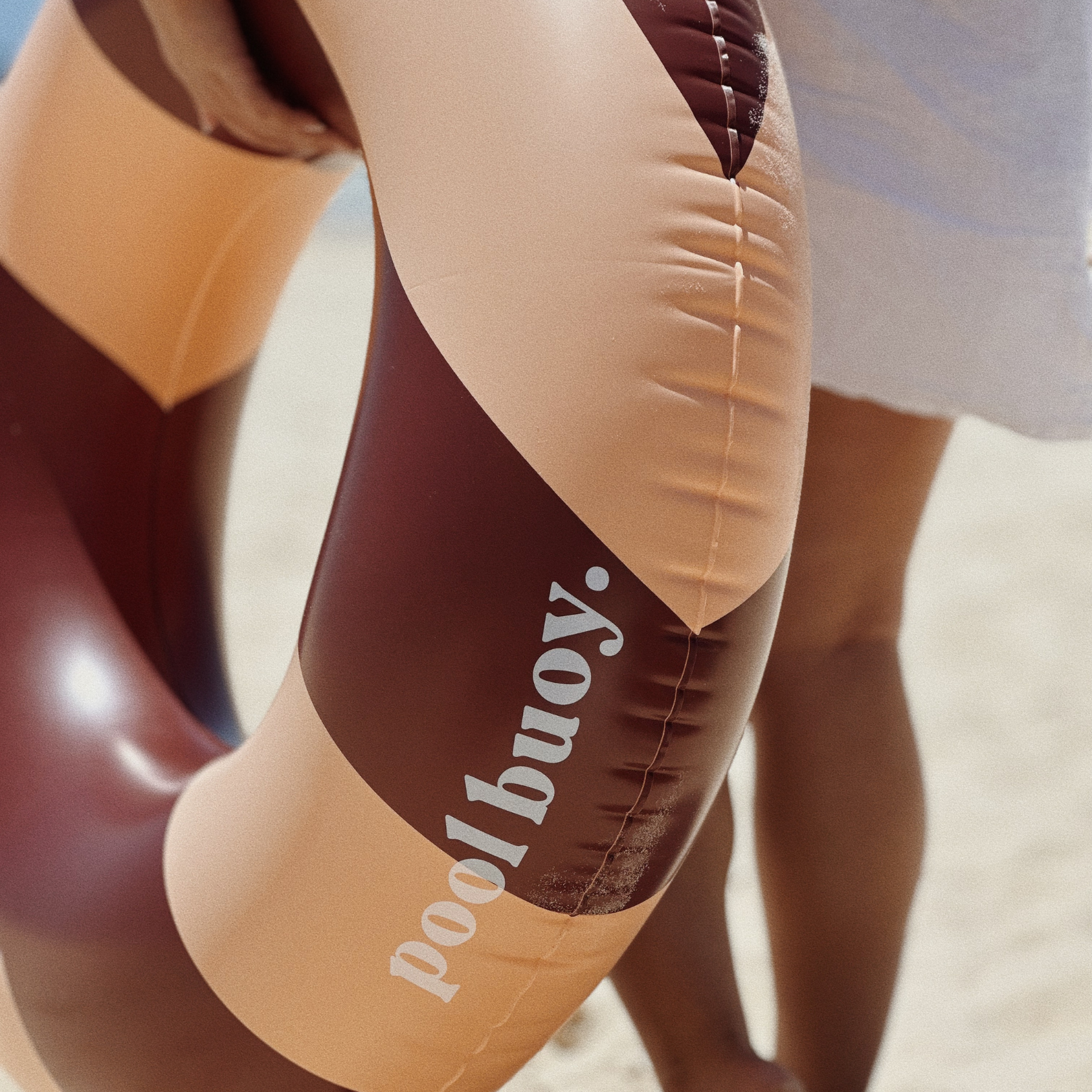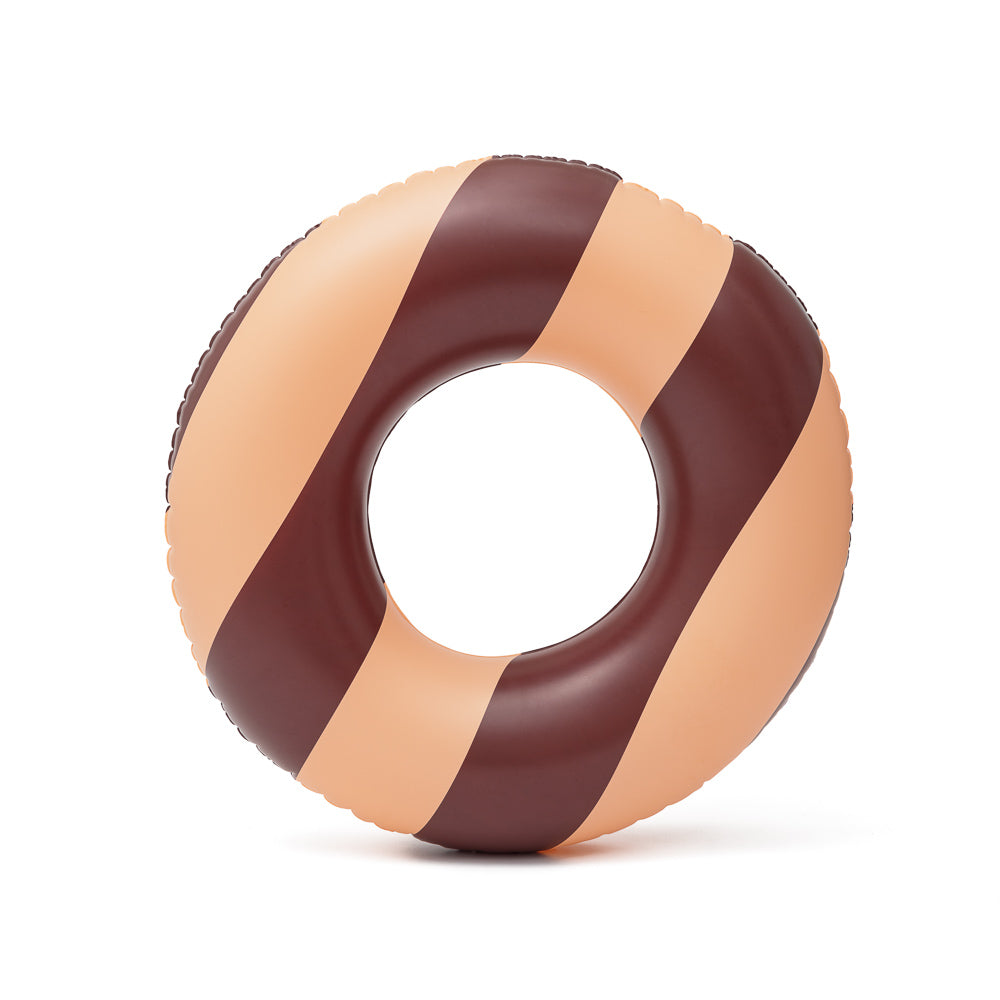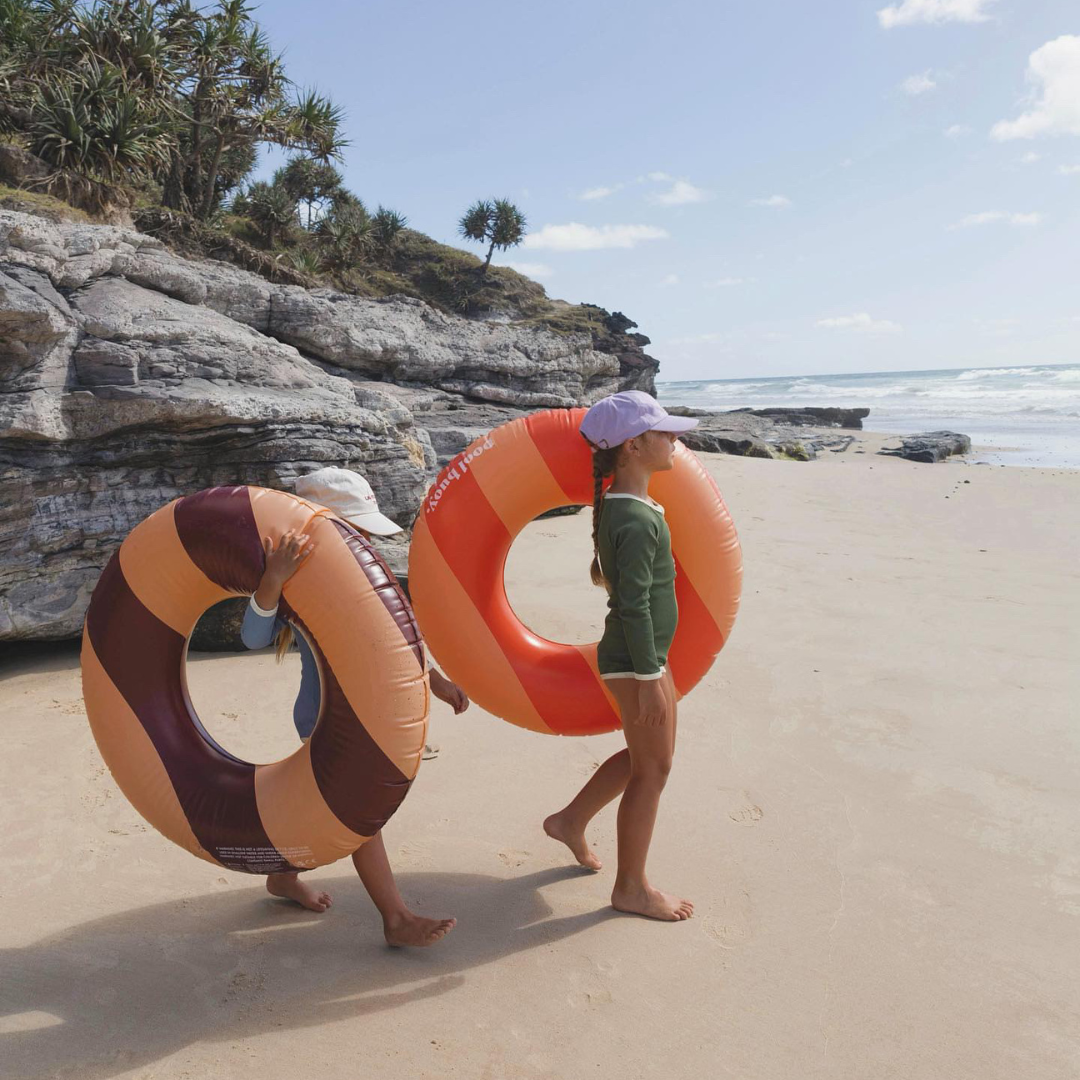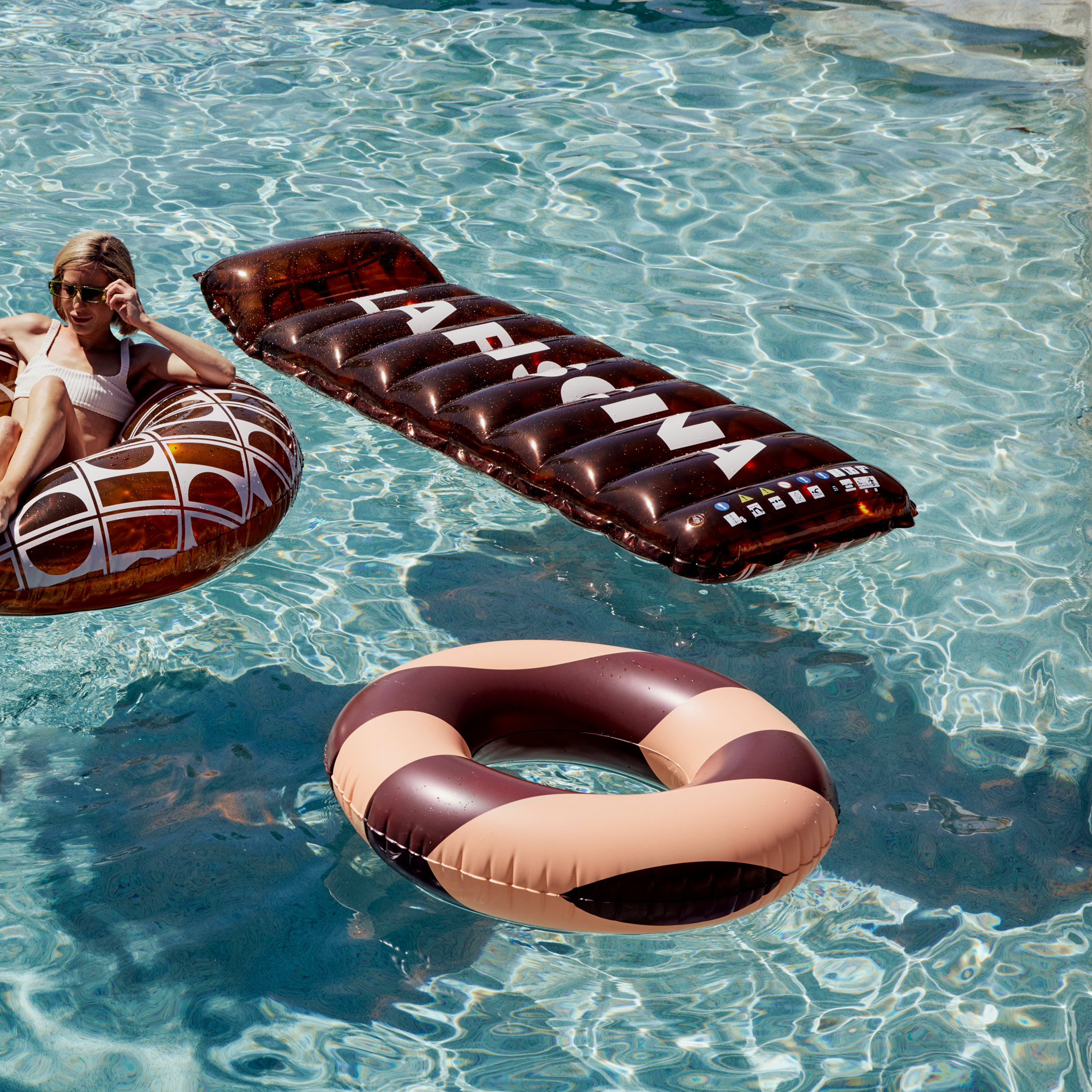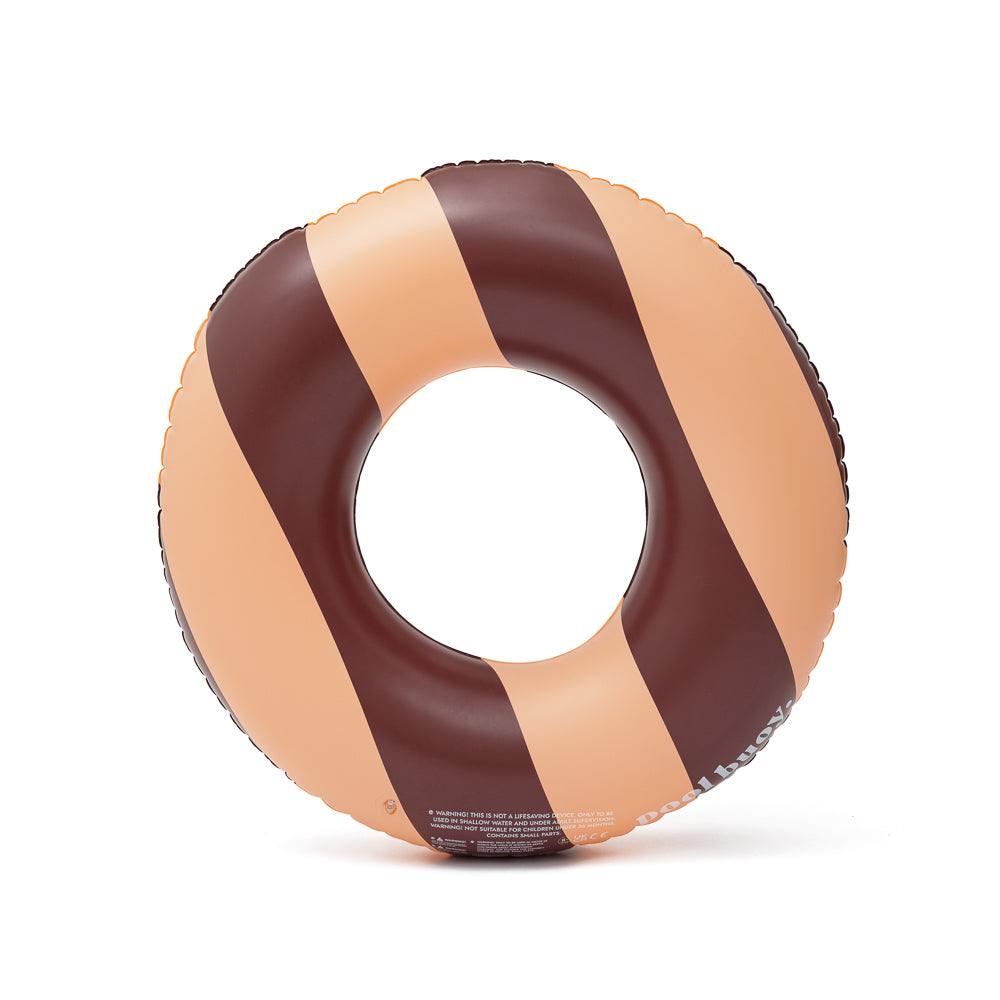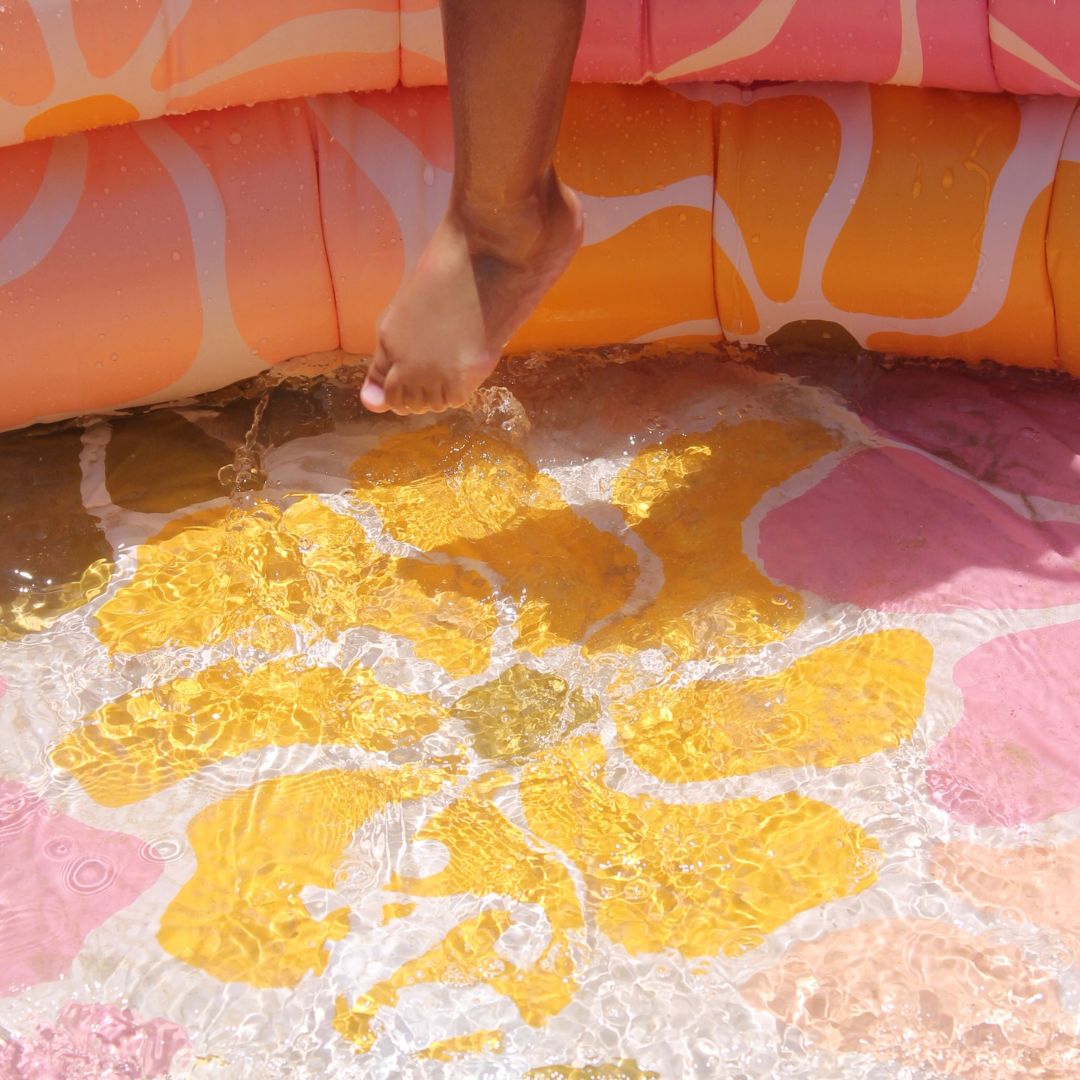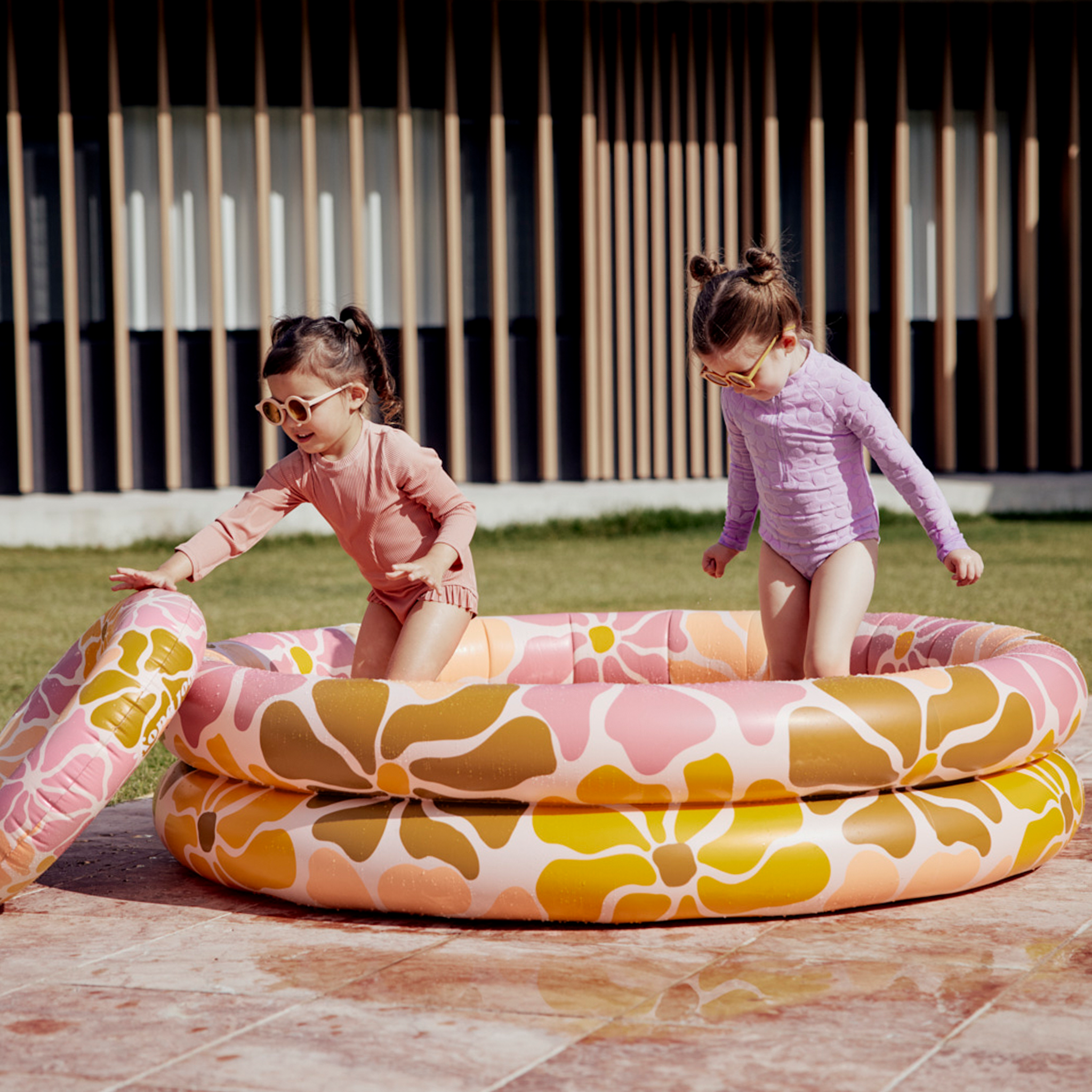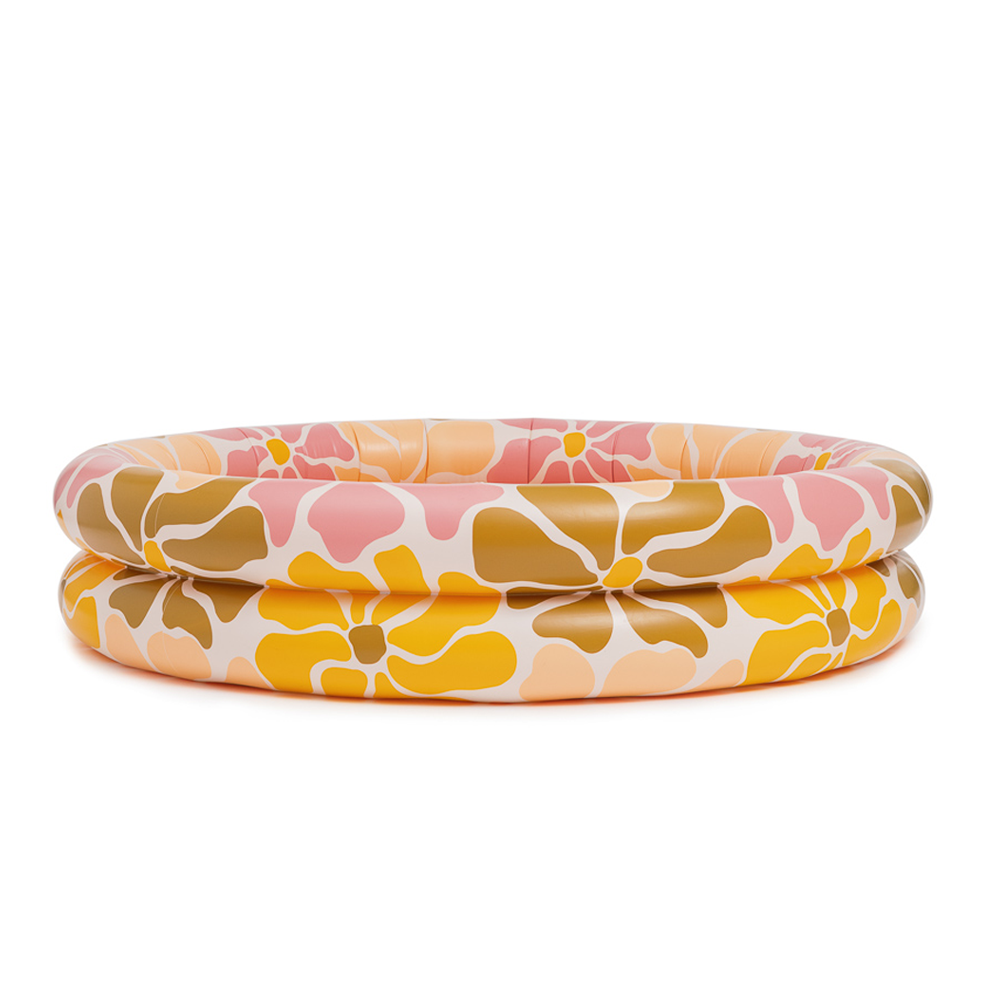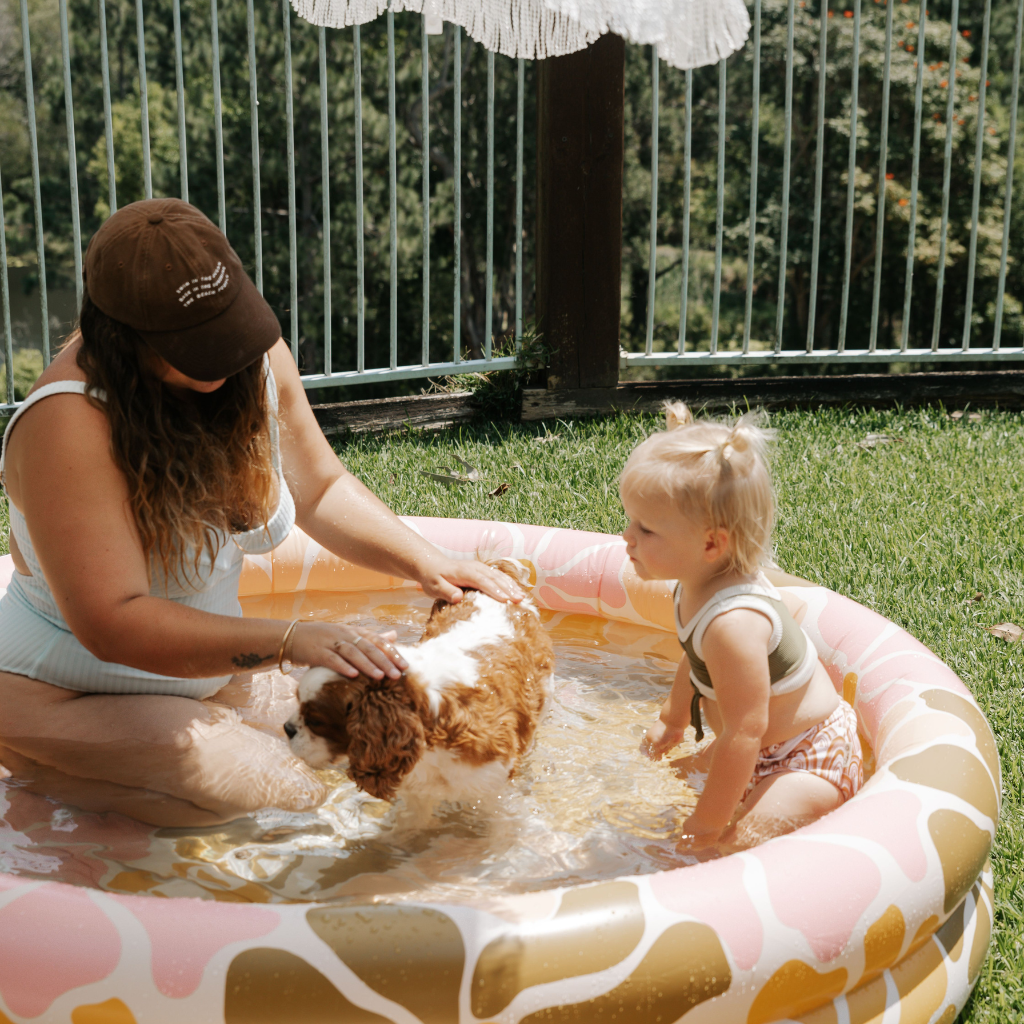
Don't Be A Fool, Keep Your Eyes On The Pool
Water safety
Safety First
Children are adventurous and enjoy exploring their environments. They are often attracted to water but have little understanding of the danger that it poses. The physical build of young children also places them at risk as they are ‘top heavy’ and prone to falling into water due to a lack of balance.
Drowning can occur quickly and silently - 20 seconds and a few centimetres of water is all it takes for a toddler to drown.
It’s not only large bodies of water, such as pools and the beach that put children at risk; baths, ponds, buckets, eskies, pet’s drinking bowls and other small bodies of water are also drowning hazards.
Eyes on the prize (the kiddies). Prepare for the unexpected. ALWAYS keep watch.
Portable Pools Safety Checklist (courtesy of royallifesaving.com.au)
Check with your local council for fencing requirements
Make sure you always actively supervise children within arm’s reach whenever they are in or around water
Never rely on older children to supervise younger children, no matter how confident you are in their ability
For smaller pools ensure that they are emptied and put away after use
When not in use, store the pool securely out of reach of young children
Ensure the pool cannot fill with rain water or water from sprinklers
Don’t exceed the number of adults or children the pool can safely hold
Be Informed
Download and read the KidSafe drowning prevention fact sheet here.
Download the Royal Life Saving Australia Portable swimming pool Fact sheet here.
For full details and facts please refer to the following websites KidSafe Australia and the Royal Life Saving Society of Australia
Other Safety Tips
Never run, jump or dive into the pool
Beware of slippery surfaces entering the pool
Always drain the water immediately after use
Always pack the pool away as soon as not in use - store this carefully and out of reach of children
Store the pool carefully and out of reach of children a deflated pool can be a suffocation risk
If using an electric pump, always inflate away from water.


